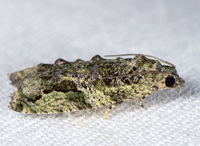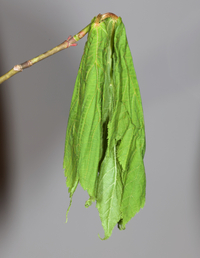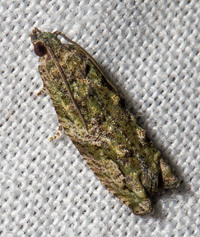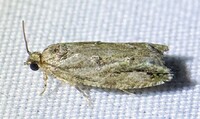
| Recorded by: Dean Furbish, Lior S. Carlson, S. L. Reeves on 2025-11-21
Orange Co.
Comment: | 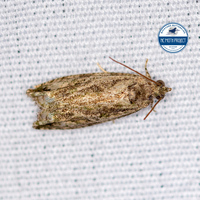
| Recorded by: Dean Furbish, Lior S. Carlson, S. L. Reeves on 2025-11-21
Orange Co.
Comment: |

| Recorded by: Jim Petranka on 2025-11-15
Madison Co.
Comment: Specimen was dissected (male). | 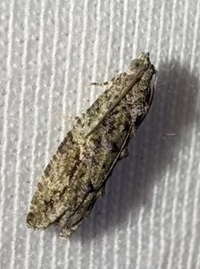
| Recorded by: Nora Murdock on 2025-11-06
Henderson Co.
Comment: |
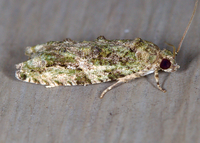
| Recorded by: Jim Petranka on 2025-11-05
Madison Co.
Comment: | 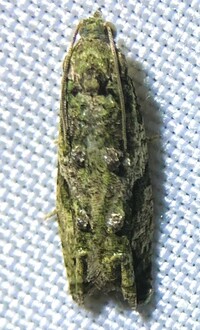
| Recorded by: Dean Furbish, Lior S. Carlson on 2025-09-24
Wake Co.
Comment: |

| Recorded by: Jim Petranka on 2025-06-13
Madison Co.
Comment: Specimen was dissected (male). | 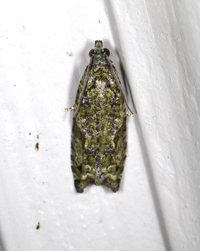
| Recorded by: Jim Petranka on 2025-06-13
Madison Co.
Comment: |
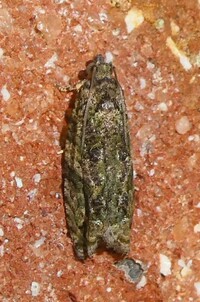
| Recorded by: Simpson Eason on 2025-06-09
Durham Co.
Comment: | 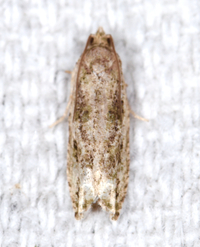
| Recorded by: Jim Petranka on 2025-05-02
Madison Co.
Comment: |
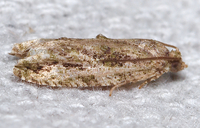
| Recorded by: Jim Petranka on 2025-05-02
Madison Co.
Comment: | 
| Recorded by: John Petranka, Jim Petranka and Becky Elkin on 2025-04-14
Bladen Co.
Comment: |
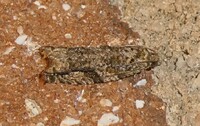
| Recorded by: Simpson Eason on 2025-04-14
Durham Co.
Comment: | 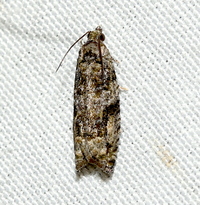
| Recorded by: David George, Jeff Niznik on 2025-04-05
Chatham Co.
Comment: |
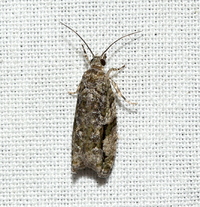
| Recorded by: David George on 2025-04-04
Durham Co.
Comment: | 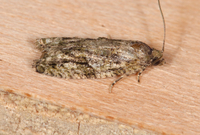
| Recorded by: Jim Petranka and Becky Elkin on 2025-04-04
Madison Co.
Comment: |
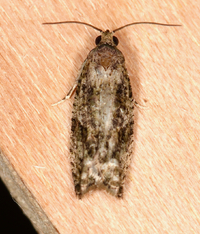
| Recorded by: Jim Petranka and Becky Elkin on 2025-04-04
Madison Co.
Comment: Male (dissected). | 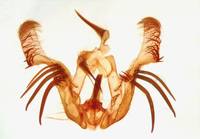
| Recorded by: Jim Petranka and Becky Elkin on 2025-04-04
Madison Co.
Comment: Male genitalia. |

| Recorded by: Jeff Niznik, Larry Chen on 2025-04-02
Orange Co.
Comment: | 
| Recorded by: David George, Jeff Niznik, Rich Teper on 2025-03-28
Chatham Co.
Comment: |

| Recorded by: Jeff Niznik, Kaitlyn Elliott on 2025-03-23
Orange Co.
Comment: | 
| Recorded by: Jeff Niznik on 2025-03-19
Orange Co.
Comment: |
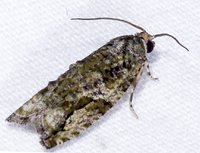
| Recorded by: John Petranka on 2024-11-18
Alleghany Co.
Comment: | 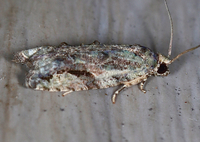
| Recorded by: Jim Petranka on 2024-11-08
Madison Co.
Comment: |

| Recorded by: David George, Rich Teper on 2024-11-05
Chatham Co.
Comment: | 
| Recorded by: John Petranka on 2024-11-05
Orange Co.
Comment: |
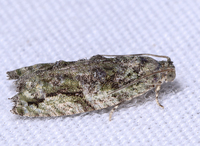
| Recorded by: John Petranka on 2024-10-13
Orange Co.
Comment: | 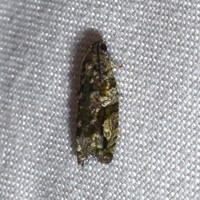
| Recorded by: David George, Jeff Niznik on 2024-09-21
Chatham Co.
Comment: |
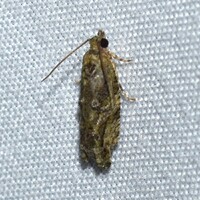
| Recorded by: Jeff Niznik on 2024-08-12
Orange Co.
Comment: | 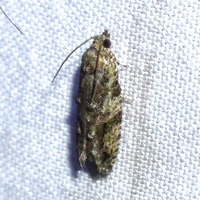
| Recorded by: Jeff Niznik on 2024-06-26
Orange Co.
Comment: |
|

 »
»